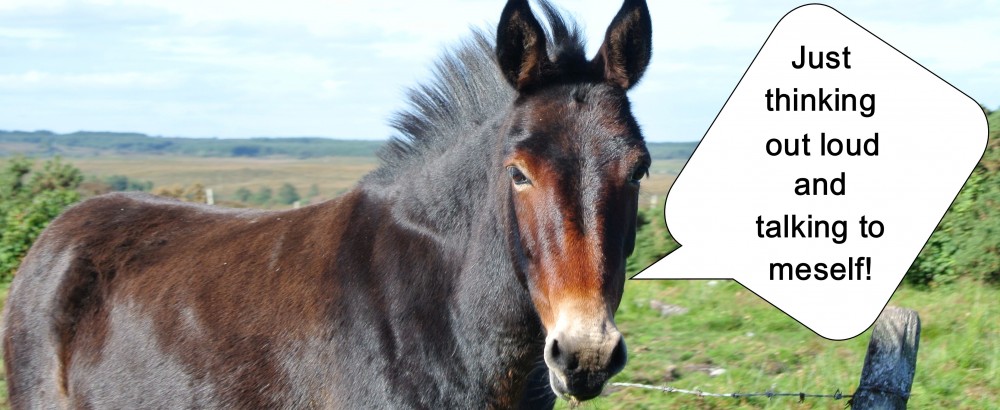We are fast approaching the 100th anniversary of the Easter 1916 Rising in Ireland. How do you mark such an event?
Do you trace your finger along the bullet hole marks in the pillars outside of the GPO in Dublin? For this is where Connolly, Pearse, Plunkett, Mac Dermott, and Clarke declared the Irish a Republic, hoisting two Republican flags and reading the Easter Proclamation of 1916. Do you parade through the streets carrying pictures of the rebels aloft in praise of their great deeds?
It will be very interesting to see how the Irish Government will commemorate Easter 1916. I would hope that the stranglehold of political correctness will not prevent appropriate accolades for the men of 1916 from occurring. They should be remembered, celebrated and memorialized.
I’d like to start right here, remembering a great man, self described as,”The incorrigible Irishman,” a man who was knighted in 1911, then this knighthood was revoked prior to his hanging on August 3rd 1916. A man before his time, I think.
Political activist, human rights activist, patriot, poet, and keeper of the 1903, 1910 and 1911 “Black Diaries,” Roger Casement needs to be remembered for his part in the 1916 Easter Rising, as much as those who stood their ground at the GPO and as much as those who took to the streets in rebellion.
I mention the black diaries because it was these diaries, kept by Casement, originally thought to have been forged by English authorities at the time of his death, which exposed Casement as a promiscuous homosexual at a time when conservative attitudes would have deemed such behavior as immoral. The diaries were used in such a way as to ensure no one would oppose the hanging of Casement for treason against the Crown.
Casement, a British consul, became famous for his reports on human rights abuses in Peru and the Congo. It was his own first hand witnessing of these abuses during the Boer War that turned Casement against imperialism and toward Republican politics.
Although a supporter of Parnell and an Irish Nationalist in his youth, it was not until 1904 that Casement joined The Gaelic League. Impressed by the non-violent, strikes and boycotts only attitude of Arthur Griffith’s Sinn Féin, Casement joined the party in 1905. In 1913 Casement retired as a British consul, and toured America in July 1914 to raise money to support the Irish Independence efforts. He was instrumental in setting up the Howth Gun Running later that same month. On 21 April 1916, three days before the rising began, after arriving in Kerry from Germany where he was trying to collect aid in the form of guns and gather Irish men fighting for England now imprisoned in Germany, Casement was arrested on charges of treason, sabotage and espionage against the Crown.
The Medieval Treason Act of 1351 was applied to Casement’s trial, with the implementation of a “comma” which broadened the Act’s territory from Germany to England, thereby creating the statement, “Casement was hanged on a comma.”
Among those who appealed for clemency toward Casement were, W.B. Yeats, Arthur Conan Doyle, and George Bernard Shaw. But those who opposed clemency, Joseph Conrad and Casement’s own friend Herbert Ward would see their form of justice carried out.
Casement was hanged at Pentonville Prison and then buried in quicklime on August 3rd, 1916. In 1965 the body was repatriated to Ireland and now lies beneath the carriage, that carried his remains through the streets of Dublin at his state funeral, at Glasnevin Cemetry in Dublin. It was Casement’s dying wish that his remains be buried at Murlough Bay in the northern Antrim coast. However, the remains of Roger Casement were repatriated to Ireland on the condition that he not be buried in Northern Ireland, as per Harold Wilson‘s government of 1965.

The Black and The White: Roger Casement’s Diaries written by Roger Sawyer (Image Source: Amazon.com)
You may click here to read Roger Casement’s speech from the dock via Wikisources, in which he asks the jurors to consider how they would feel if they were judged for having loved Ireland more than England. Was this his “evil example,” or was Casement condemned to death, not only for his part in the Easter Rising of 1916, but because of The Black Diaries and his life as a homosexual?
Click on the arrow below to listen to Patrick Mason’s Radio Drama for RTE Radio 1, “The Dreaming of Roger Casement.”
→ The Dreaming of Roger Casement with Ciarán Hinds as Roger Casement, with Nick Dunning, Robert O’Mahoney and Mark Brennan.
All pictures in slideshow via Wikipedia
 Wouldn’t Michael Fassbender be a fantastic Roger Casement in a film about The Incorrigible Irishman?
Wouldn’t Michael Fassbender be a fantastic Roger Casement in a film about The Incorrigible Irishman?
































